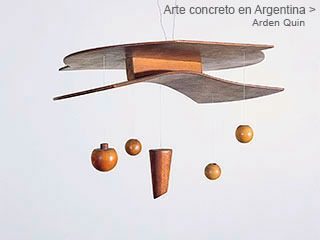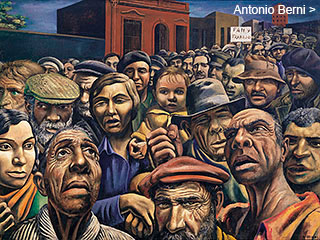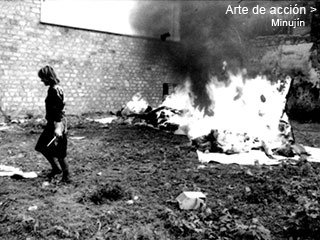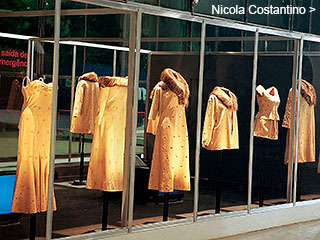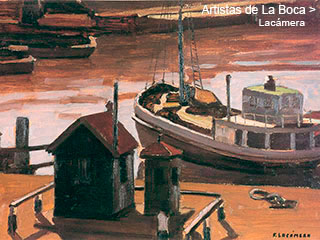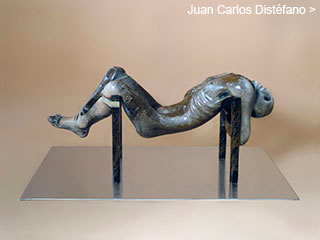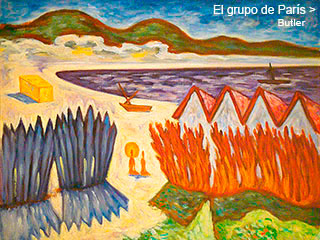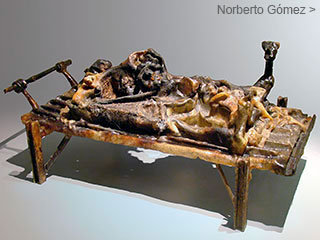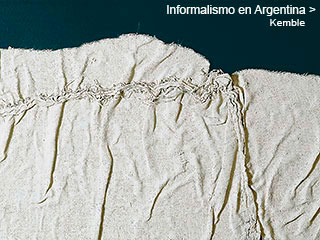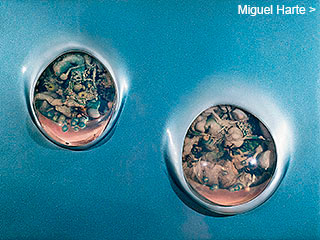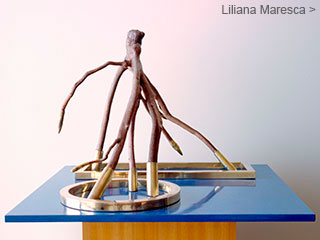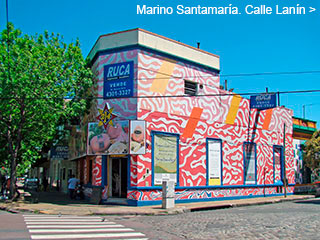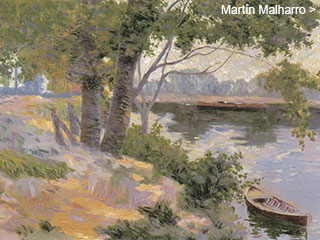Menú
Algunos dossiers
Juan Carlos
Distéfano
Distéfano
by
Adriana Lauria and Enrique Llambías
January 2003
January 2003
The dossier on Juan Carlos Distéfano spans from the time of his beginnings
as a painter to his recent works as a sculptor, a first for the CVAA. It covers
over forty years of his work and his commitment to art and reality. A special section offers a view on his work as a graphic designer, which he carried out mostly at the Di Tella Institute.
as a painter to his recent works as a sculptor, a first for the CVAA. It covers
over forty years of his work and his commitment to art and reality. A special section offers a view on his work as a graphic designer, which he carried out mostly at the Di Tella Institute.
2006
purpose as the previous one, which also features Daniel Acosta, Carlos Alonso, León Ferrari, Norberto Gómez, Ricardo Longhini, Marcos López, Jorge Meijide, Luis Felipe Noé, Juan Carlos Romero, Hermenegildo Sábat, Grupo Escombros, Grupo Etcétera, among others.
In a special issue of Ñ magazine devoted to analysing culture thirty years after the 1976 military coup, the critic Alberto Giúdici writes in his article “Arte de la supervivencia” (An art of survival):
“The ’70s, writes Luis Felipe Noé, will be remembered as the decade of sculpture. And indeed, there isn’t a lot of it in the ’60s, first because, with the dematerialisation of art, so-called primary structures appear which seek to break with the planimetrics of the picture. And in the ’70s, says Noé, a generation of sculptors incorporates ‘a dramatic palpitation of the real world employing languages which embrace detritus, technologies and new materials’.
That is the case of Juan Carlos Distéfano, Norberto Gómez, Enio Iommi, and Alberto Heredia. Distéfano, who employs polyester resins, offers a ‘brutal, oppressive image’ of reality, says Noé. In 1973 he creates his masterpiece, The Mute, at present at the Museo Nacional de Bellas Artes, and, like the prison-houses in Zabala, his pieces
more


